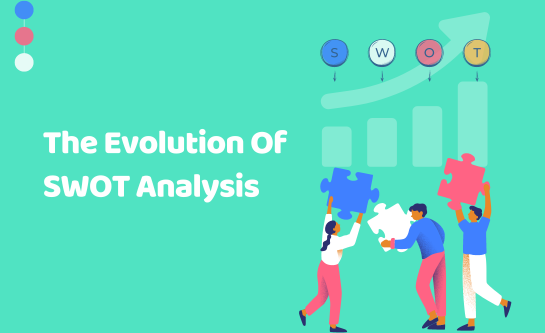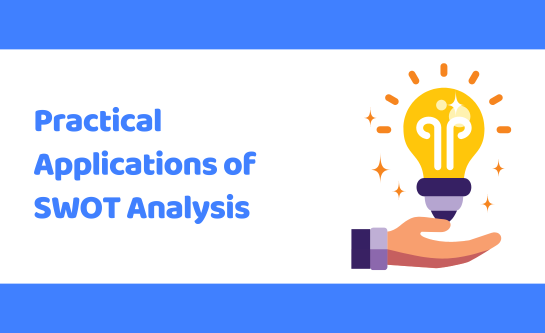In business strategy and planning manner, few tools have proven as effective and enduring as SWOT analysis. This strategic framework is essential for understanding an organization’s strengths, weaknesses, opportunities, and threats. Whether you are a budding entrepreneur, a seasoned business executive, or a student of business, mastering SWOT analysis can significantly enhance your strategic thinking and decision-making abilities.
SWOT analysis is a simple yet powerful tool used to evaluate the internal and external factors that can impact an organization’s success. The acronym SWOT stands for:
By systematically analyzing these four components, businesses can have a comprehensive view of their current position and future possibilities. Hence, paving the way for strategic planning and informed decision-making.

The origins of SWOT analysis can be traced back to the 1960s and 1970s. It was initially developed by Albert Humphrey at the Stanford Research Institute, where he led a research project to identify why corporate planning often failed. Through this research, the SWOT analysis framework was born, providing a structured approach to evaluating strategic decision-making.
Over the decades, SWOT analysis has evolved from a business-centric tool to a versatile framework applicable in various fields such as marketing, education, healthcare, and personal development. Its adaptability and simplicity have contributed to its widespread adoption.
Conducting a SWOT analysis involves a few straightforward steps:
Start by collecting relevant data about the internal and external factors affecting your organization. This can include market research, financial records, employee feedback, and industry reports.
Strengths are the internal factors that give your organization an advantage over competitors. These can include:
Weaknesses are internal factors that may hinder your organization’s performance. Consider aspects such as:
Opportunities are external factors that your organization can leverage to achieve its goals. Look for:
Threats are external factors that could pose challenges to your organization. These might include:
Once you have identified the strengths, weaknesses, opportunities, and threats, it’s time to analyze the data. Look for patterns and relationships among the factors. Use this analysis to develop strategic initiatives that capitalize on your strengths and opportunities, while addressing your weaknesses and threats.
SWOT analysis offers numerous benefits to organizations, including:
SWOT analysis is straightforward and can be used by businesses of all sizes and in any industry. Its simplicity allows teams to quickly and effectively gather insights without requiring complex tools or methodologies.
By clearly identifying internal and external factors, it helps organizations formulate strategic plans that are realistic, focused, and aligned with their goals.
With a comprehensive understanding of strengths, weaknesses, opportunities, and threats, decision-makers can make informed choices that leverage their competitive advantages and mitigate potential risks.
SWOT analysis fosters a greater awareness of an organization’s internal and external environments. This awareness is crucial for recognizing and responding to changes and challenges on time.
The collaborative nature of SWOT analysis encourages input from various departments and stakeholders. This collective effort leads to more well-rounded insights and fosters a sense of ownership and engagement among team members.

SWOT analysis can be applied in various scenarios beyond traditional business strategy. Some practical applications include:
Before launching a new product, use SWOT analysis to evaluate the market landscape, understand customer needs, and identify potential barriers to entry.
Develop marketing planning strategies by analyzing the strengths and weaknesses of your brand, identifying growth opportunities, and anticipating threats from competitors.
Individuals can use SWOT analysis for personal growth by assessing their own strengths, weaknesses, opportunities, and threats. This self-awareness can guide career planning and personal goal setting.
For project managers, SWOT analysis helps firms understand project risks, allocate resources effectively, and ensure goal alignment.
SWOT analysis remains an invaluable tool for strategic planning and decision-making. By systematically evaluating strengths, weaknesses, opportunities, and threats, organizations can gain actionable insights and create robust strategies. Whether you’re navigating the complexities of a competitive market or seeking personal development, mastering SWOT analysis will empower you to make informed, strategic decisions.